Ever find yourself doom-scrolling Zillow at 2 AM, weeping over “what if” dreams of buying a tiny bungalow for pocket change? Yeah, us too. Back in the ’80s, these sleepy little outposts were still flying under the radar—now they’re the backdrop for yacht parties, ski bums, and heritage-hunting hipsters who can actually afford those jaw-dropping views. Buckle up for a trip down real estate regret lane, complete with jaw-dropping numbers and the occasional face-palm that screams, “If only I had time-trailed my wallet back then.”
1. Aspen, Colorado
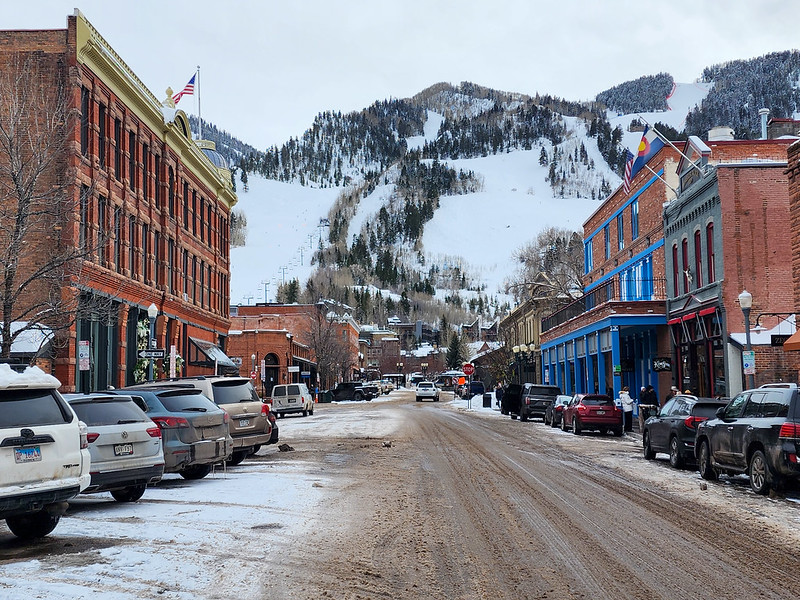
Remember the ’80s as the era of neon spandex and “The Breakfast Club”? Aspen back then was more about logging camps and laid-back ski culture than multi-million-dollar estates. You could snag a cozy A-frame chalet for what felt like pocket change, and the slopes were mostly populated by folks in flannel rather than designer après-ski gear. Fast forward forty years and Aspen’s vibe is all ultra-luxury—think private jets, celebrity-studded events, and homes that cost more than the GDP of small nations.
According to a recent Forbes report, Aspen’s median single-family home price rose almost 88% to $14.55 million in February 2022, up from roughly $7.75 million at the start of that year. That kind of spike isn’t just a market correction; it’s a full-on property arms race. Today, you can’t throw a ski pole without hitting a seven-figure listing, and bidding wars are practically considered an Olympic sport here. If you’d plunked down $200,000 for a fixer-upper back in 1985, you’d be sipping mint juleps in a pretty sweet chalet right about now.
2. Boulder, Colorado
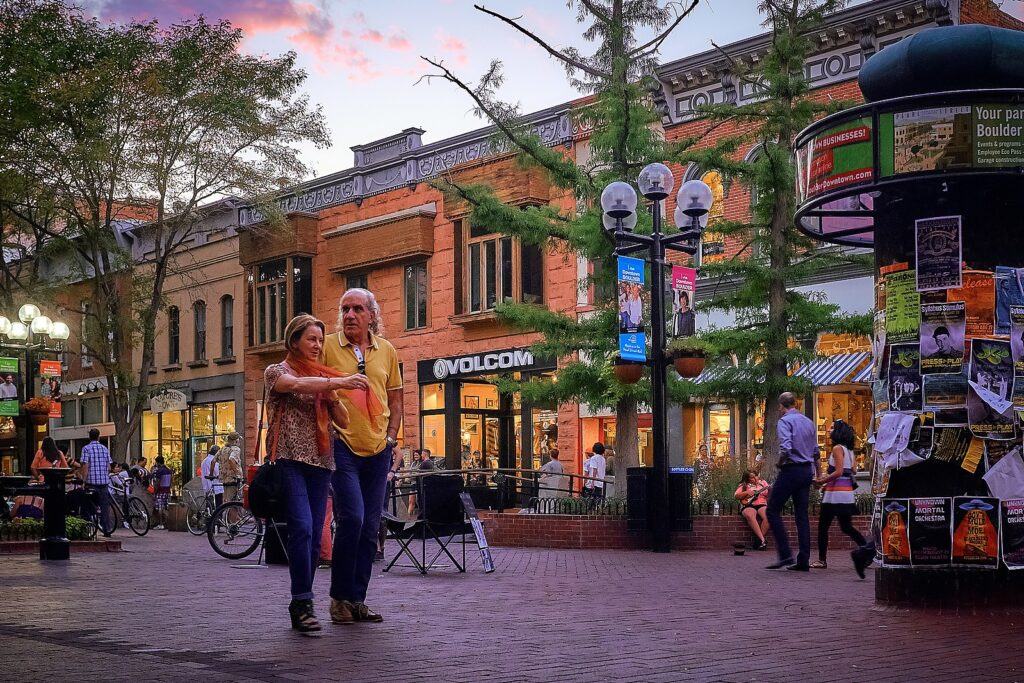
In the ’80s, Boulder was your quintessential college town—think street musicians, tie-dye, and plenty of grain bowls at back-packer enclaves. Housing was still affordable enough for graduate students to snag a cute cottage near CU’s campus without taking out a second mortgage. People biked past red-clay cliffs for fun, not to flex on Instagram.
Per University of Colorado Boulder research, Boulder County’s median home price rocketed from $133,210 in 1980 to $501,800 by 2011, illustrating a boom that’s only accelerated since. These days, the “Hill” is crawling with remote-work execs and tech founders who swoon over mountain views. The result? Six-figure modest homes became entry-level for millennials fresh out of college, and your grandpa’s prefab ranch is now a mid-century gem dashed in unicorn wallpaper. Moral of the story: if you could rewind to 1982 with $150K, you’d be chilling in a designer loft right off Pearl Street.
3. Nantucket, Massachusetts
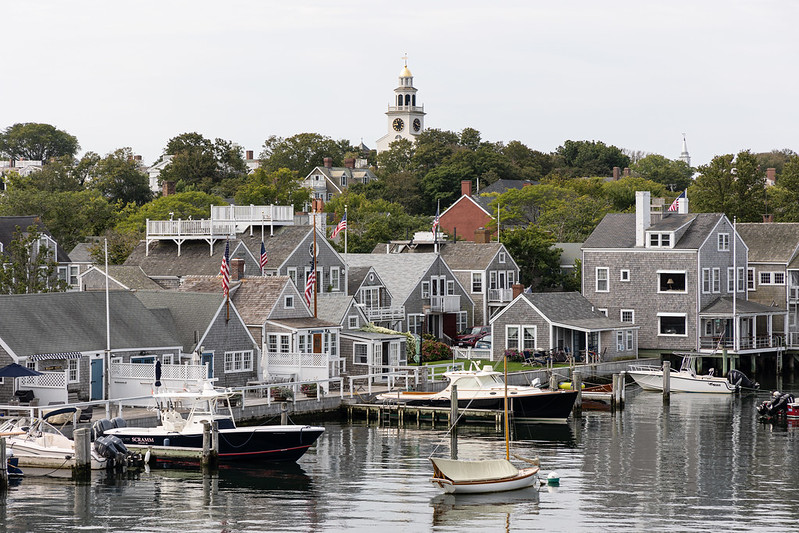
Once upon a time, Nantucket was a lobster-boat haven where locals traded on whaling tales and secret beaches. Housing was the kind of quaint that inspired seersucker suits and opportunistic summer rentals. But while you were busy learning leg warmers and paddleball, the island’s real estate quietly asked, “May I have your attention, please?”
Fisher Real Estate Nantucket highlights that the median home value on the island jumped from around $100,000 in the early 1980s to a staggering $3.73 million by year-end 2024. It’s now a G8 escape for hedge-fund elites, complete with cobblestone streets and estate agents who charge by the yacht. If you’d invested $120K in a saltbox cottage in ’84, your grandkids would never have to worry about college tuition—unless they wanted an Ivy League vanity plate.
4. Sedona, Arizona
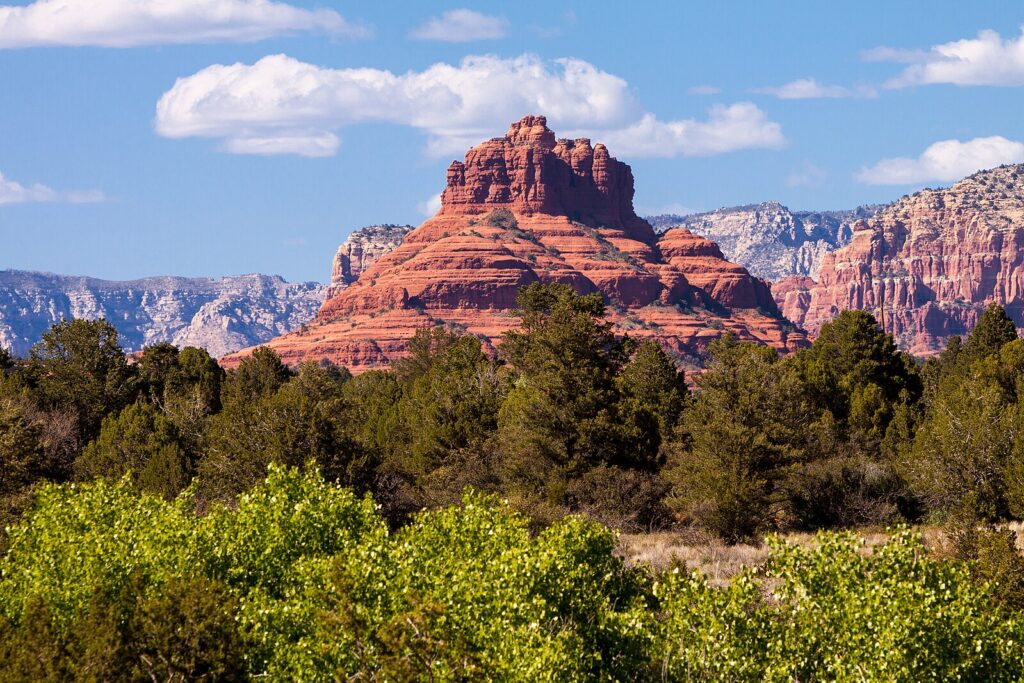
Sedona’s red rocks were the perfect existential backdrop for ’80s flower-power pilgrims and diy mystics. Back then, you could snag a desert hideaway for barely more than the cost of a new VW Rabbit. It was spiritual, scandal-free, and way cheaper than Burning Man.
These days, Sedona is a high-end wellness retreat that brokers in chakras and chart-topping house prices. According to Zillow, Sedona’s median home value is about $935,619, a testament to those who traded dusty vibes for designer adobe digs. People now flock here for four-star resorts, hypnosis retreats, and red-rock hikes that come with a side of high-speed internet. If you’d closed on that budget bungalow in 1986 for $75K, you’d be laughing all the way to the meditation tent.
5. Park City, Utah
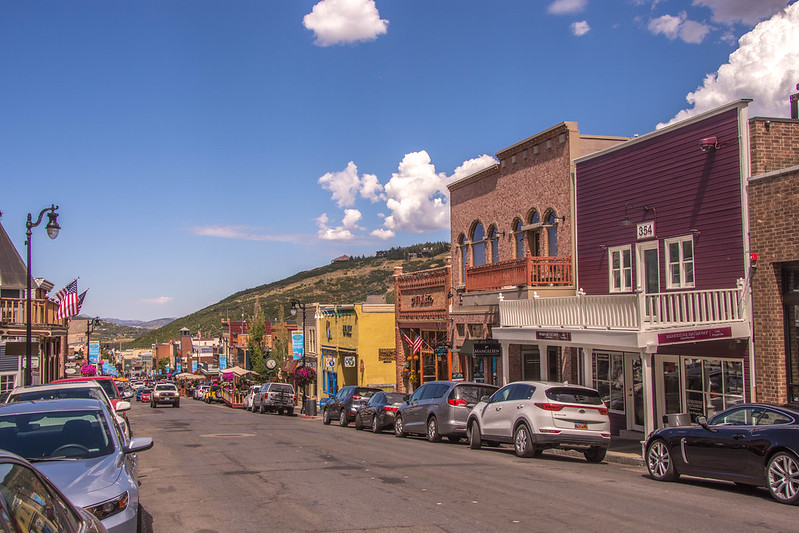
In the ’80s, Park City was more about snowmobiles than sky-high Sotheby’s listings. You could park your Datsun by Main Street, grab a chili dog, and still have cash left for lift tickets. It was the authentic “ski bum” dream, not the designer denim version you scroll through today.
A recent [Business Insider] piece compared Park City’s humble roots to its now ultra-luxury scene, noting that the median home price hovers around $2.2 million as affluent buyers chase ski-in/ski-out living Business Insider. From indie mining town to Sundance cape of cool, PC’s mid-winter glow now includes app-powered lifts and zero-gravity cabin bars. Imagine buying in for $120K in ’88—today, your 600-sq-ft ski shack would pay for your private helicopter rides to the slopes.
6. Jackson Hole, Wyoming
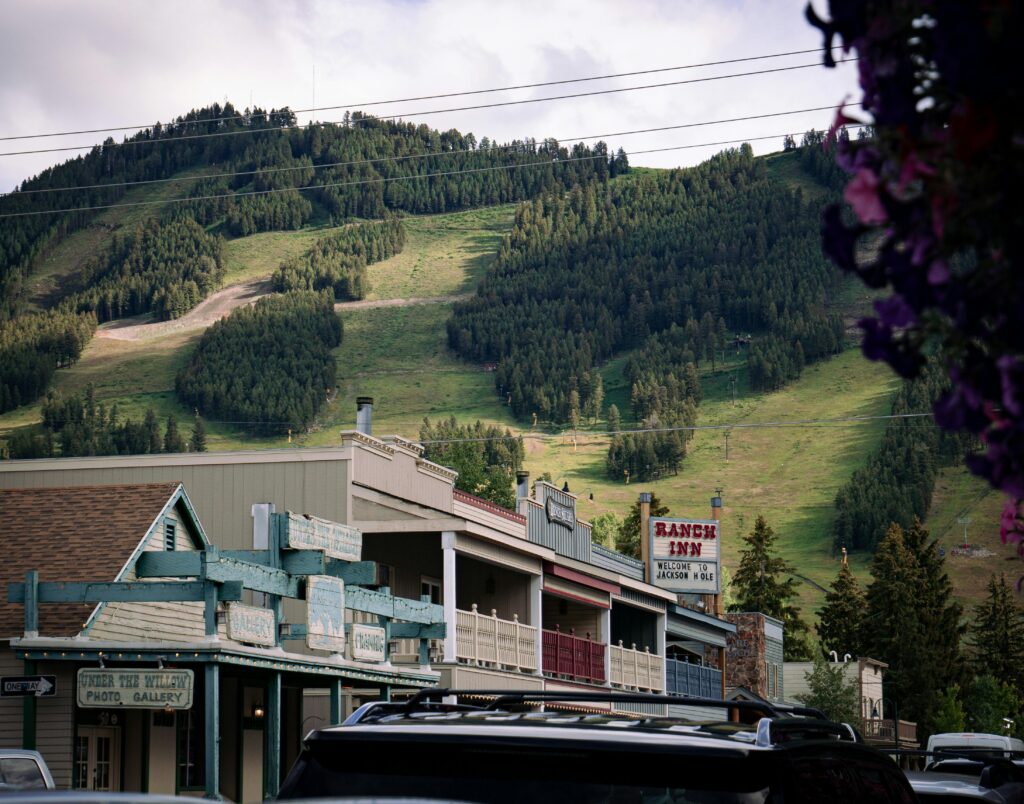
In the neon-less era of the ’80s, Jackson Hole was all about cowboy boots and tarp-covered homesteads. Tourists trickled in for Grand Teton views, but property was still under the radar—your biggest flex was wearing a cowboy hat without irony. If you had $50K in savings, you could practically buy an acre next to the elk refuge.
Fast-forward to now and the Jackson Hole real estate market is a velvet-roped rodeo. Celebs slide into $20 million ranches like they’re picking a new handbag. The valley’s appeal—wildlife, four seasons, and zero pollution—has sent prices so high that your old homestead from ’82 is worth more than the whole city of Casper. If you’d taken that gamble on a fixer-upper back then, you’d be hosting rodeos of your own financial success. Development restrictions now demand million-dollar deposits, and land trusts guard view corridors like golden eggs. Even local ranchers sometimes sell out to private equity trusts. Meanwhile, Airbnb-style ranch stays can fetch five-figure nightly rates, turning once-sleepy cabins into cash machines.
7. Key West, Florida
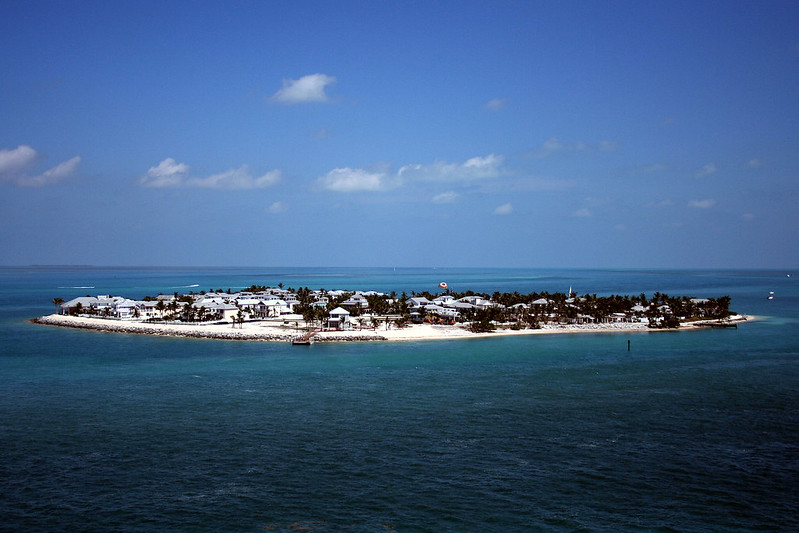
The ’80s Keys felt more pub crawl than private island. You could hole up in a conch cottage for a fraction of what it costs to buy a mid-range car today. Hemingway ghosts roamed cheap, and the biggest worry was sand in your margarita.
Today, Key West is a bougie beach party where median home prices flirt with $1.1 million and 80 days on market feel like a slow burn . Celebs and retirees stake claims on coral-stone villas, and “quiet season” still looks like a yacht regatta. If your 1985 self splashed $75K on a crawl-space bungalow, you’d be sipping piña coladas on a private deck every day—no sand required. Climate anxiety adds a bittersweet twist—sea level rise means your future sundeck could double as a kayak launch. And while historic conch houses charm the eye, preservation rules now require six-figure upkeep for pastel paint. Plus, locals sometimes grumble that dueling piano bars drown out the sunset serenity.
8. Rehoboth Beach, Delaware
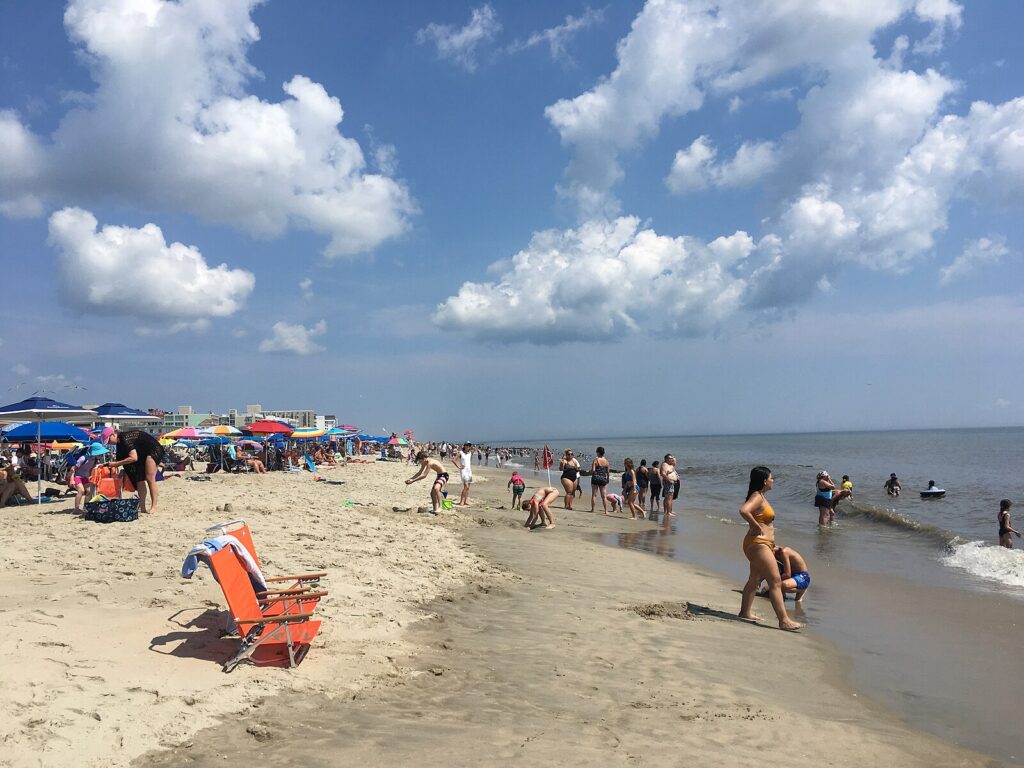
In the ’80s, Rehoboth was beachside charm: boardwalk arcades, saltwater taffy, and rental cottages that didn’t require a second mortgage. The sun knocked 50 cents off your ice-cream, not your bank balance.
Cut to today and Rehoboth’s shoreline real estate has mutated into a pastel-washed Monopoly board of million-dollar homes. Weekend warriors from Philly and DC snap up coastal cottages as investment rentals faster than you can say “fried clams.” That bargain beach bungalow you could’ve bought for $40K in 1983? It’s now fetching $800K plus, thanks to short-term-rental gold rush mania. Nowadays, artisan doughnut shops and craft breweries pepper the promenade, but parking can take longer than your beach day. Seasonal traffic has locals scheduling their Coastal Highway commute like a NASDAQ trader. And zoning tweaks mean if you want beachfront BBQ, you’re signing off on pricey HOA fees before you unpack your cooler.
9. Stowe, Vermont
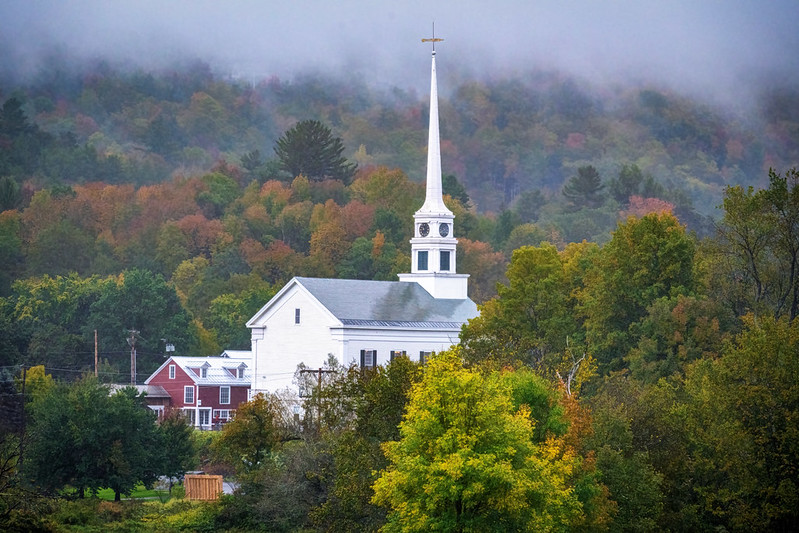
Stowe in the ’80s was where your mom’s yoga retreat met your dad’s cross-country ski obsession. Housing was modest—think wood-paneled chalets with avocado appliances. If you wanted epic foliage without a fuss, $60K could get you a slice of New England paradise.
Now, Stowe is the go-to for ski influencers and leaf-peeping millionaires. Swap that DIY chalet for a glass-walled lodge that looks like a sci-fi movie set. Chalets that went for $75K in 1987 would clear a cool $1 million today, as fly-fishermen and remote-workers alike decamp to the Green Mountains. Recent lift upgrades and luxury spas have transformed quiet trails into bustling snowcat destinations, with entry fees that would have bankrupted a ’80s ski bum. Farm-to-table eateries now replace gas-station grub, but the charm comes at the cost of property taxes that have soared like a quad chair. And every fall, Instagrammers turn leaf-peeping into a competitive sport, trampling past the very serenity that drew early buyers.
10. Woodstock, New York
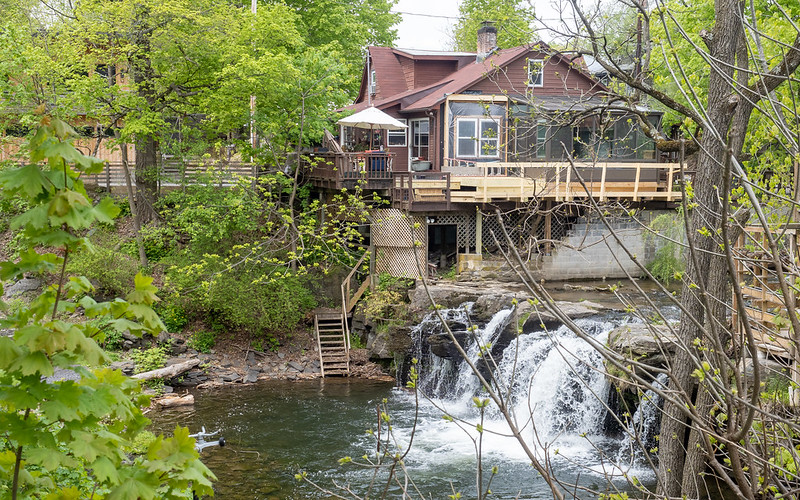
Woodstock wasn’t just a festival—it was a vibe that outlasted bell-bottoms. By the ’80s, the town had its quirks but was far from the haute boho enclave it is now. Artists and hippies lived in rustic cabins, and property could be had for a stack of cash and a handshake.
Fast-forward and Woodstock is a pilgrimage site for Instagram influencers in tie-dye Gucci. Historic farmhouses now go for $600K–$1 million, with vineyard retreats and makers’ markets popping up on every corner. Your 1985 roadside shack, once priced at $30K, would have financed a vineyard tour business by now. The town’s artist co-ops and weekend markets now pack Main Street like summer festival crowds, making parking as elusive as a vintage PeacedOut tee. Rental income from Airbnb-style cabin stays often dwarfs local annual wages, redefining “hobby farm” revenue. Meanwhile, municipal upgrades—think bike lanes and craft cocktail bars—are great for selfies but barely scratched the rustic itch of the original vibes.
11. Hood River, Oregon
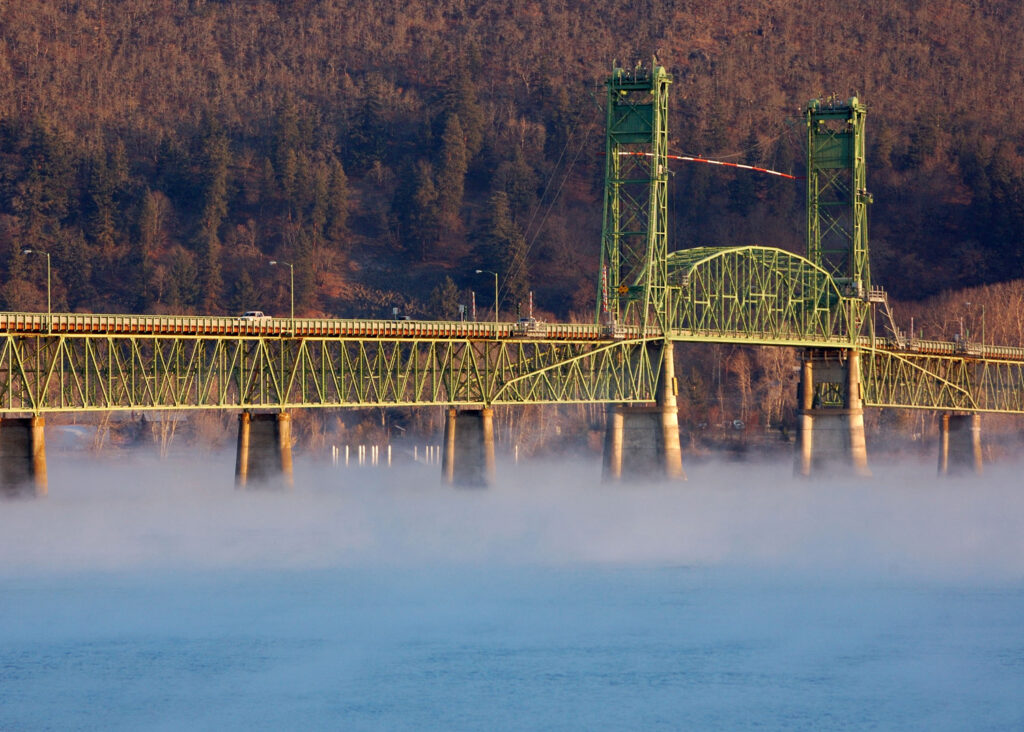
Back in the ’80s, Hood River was windsurfing’s best-kept secret and a place for chilled-out farmers. Affordable orchards and bungalow-style homes lined the Columbia—perfect for your VW camper and surfboard.
These days, it’s microbrewery central, kitesurfers zone out at Starbucks, and tech nomads sip kombucha on $700K riverfront decks. That orchard cottage under $50K you could’ve nabbed in ’83 is now a six-figure trophy property. Gorge views are worth their weight in gold. These days, Fortune 500 execs retrofit orchards into Instagrammable Airbnbs, complete with wood-fired pizza ovens and eucalyptus-scented saunas. The Port of Hood River hosts international windsurf contests, bringing luxury RV pro teams and corporate sponsors. And local farmers now petition city council for farmland preservation zones, fighting to keep industrial glasshouses out of prime acreage.
12. Beaufort, South Carolina
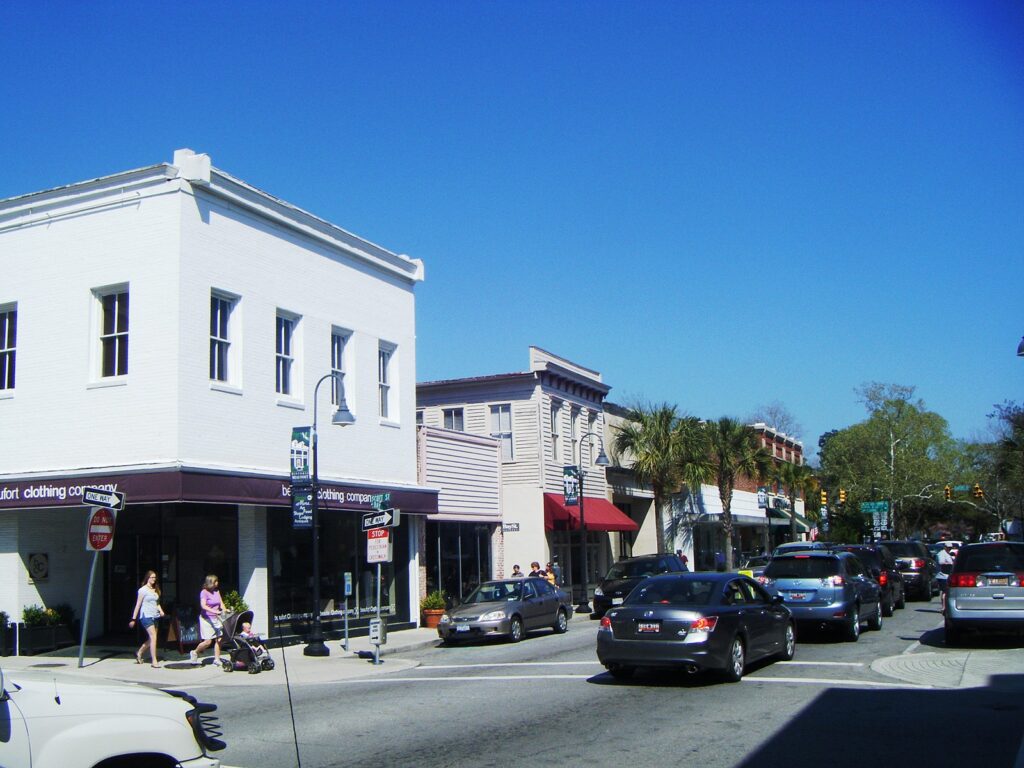
In the ’80s, Beaufort was moss-draped streets, shrimp boats, and seafood shacks—no shortage of hometown character. Affordable antebellum cottages dotted the waterfront for peanuts.
Now it’s historic-district heaven with million-dollar B&Bs and celebrity chefs. The shrimp boat marina hustle is still there, but alongside Amazon execs snapping up $800K riverfront fixes. If you’d invested $45K in 1982, you’d be strolling past palmettos in your private carriage house. Hollywood cameras have rolled down these mossy streets for shows like Outlander, sending film crews that swell the local economy—and the rental prices. Gourmet shrimp-and-grits eateries now elbow out mom-and-pop dives, though veteran fishermen still grumble over dock fees. And with flood insurance premiums climbing, your old cottage could be a millionaire’s dream—just don’t forget the cost of keeping it above water.
13. Fairhope, Alabama
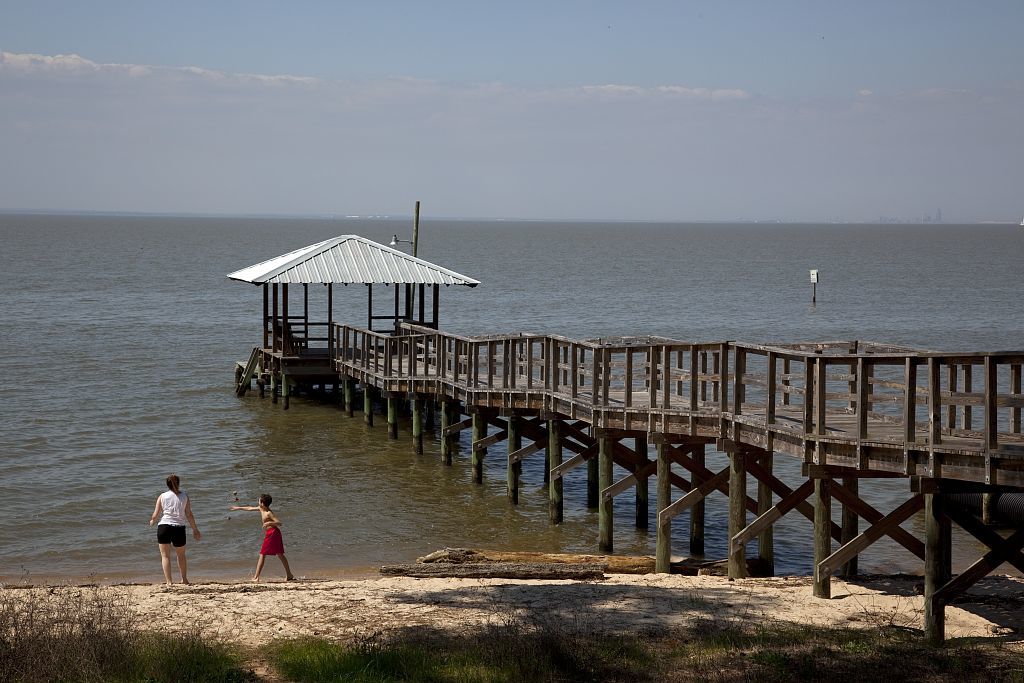
Fairhope’s ’80s-era charm was sidewalk cafes and bargain-priced bay views—no crowds, just Southern hospitality. You could buy a quaint shotgun house for under $30K and still tip your hat to the sunset.
Today, it’s a coastal-arts hotspot with boutique galleries, oyster bars, and property values that make Gulf ports jealous. Those $28K starter homes have morphed into $500K coastal gems. If you’d jumped on that deal, your retirement plan would read more “art studio by the bay” than “bingo nights.” Fairhope’s art scene exploded into a weekend-to-week-long festival that now comes with VIP passes and parking lot wristbands. Luxury RV resorts on the bayfront cater to semi-retired couples in designer polos, driving home prices north of estimates. Even the local dog park charges membership dues—proof that Southern charm can come with a five-figure welcome fee.
14. Eureka Springs, Arkansas
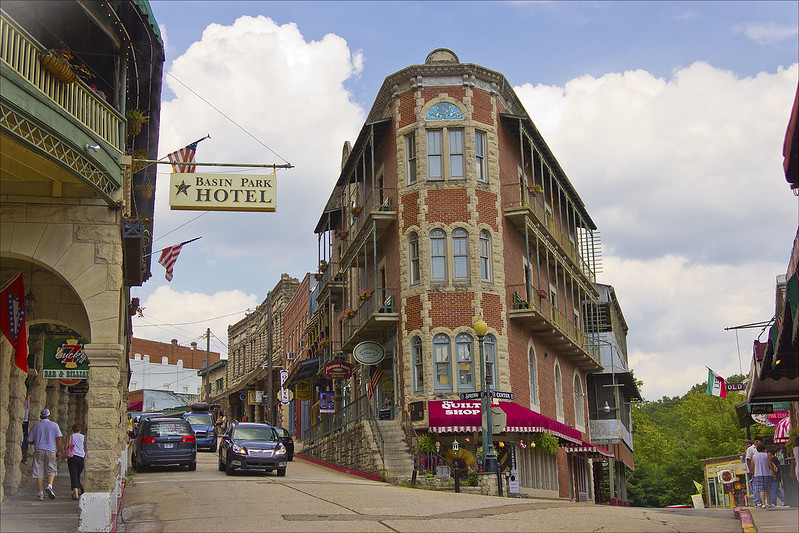
Once upon an Ozark season, Eureka Springs was spa-town serenity meets bargain cabins—your go-to for healing waters and minimal rent. If you had $20K, you were basically a land baron among Victorian gingerbread houses.
Fast-forward and the town’s a quirky retreat for music festivals, art shows, and yurt-camp glampers in need of a “digital detox.” That run-down cottage you could’ve scooped up for $25K in 1984? It’s worth north of $300K—thanks to the boho-revival crowd. Downtown boutiques now hawk artisan bath bombs and crystal healing kits, making the Main Street look like a vintage book fair on steroids. Tiny-home glampsites on the outskirts charge more per night than a mid-range motel once did per week—talk about ROI. But beware: too many festivals have neighbors joking about changing the town’s name to ‘Eureka Events,’ threatening the sleepy refuge that once drew pioneers.
This article is for informational purposes only and should not be construed as financial advice. Consult a financial professional before making investment or other financial decisions. The author and publisher make no warranties of any kind.








